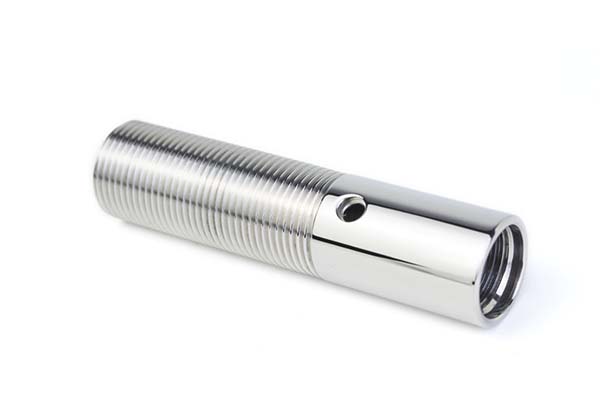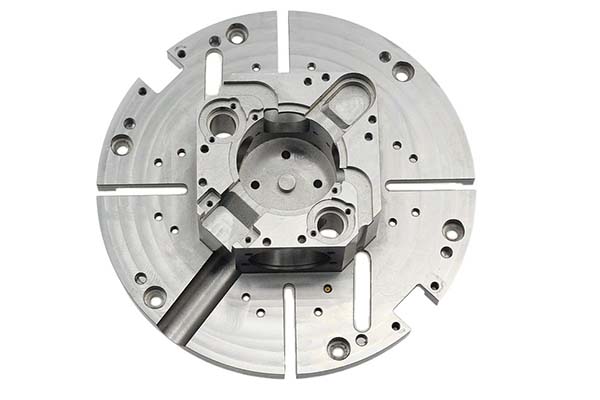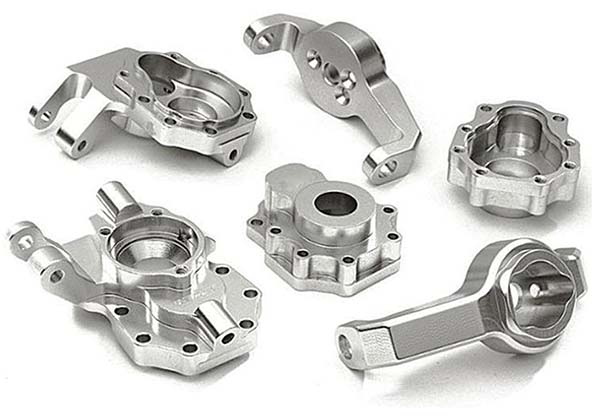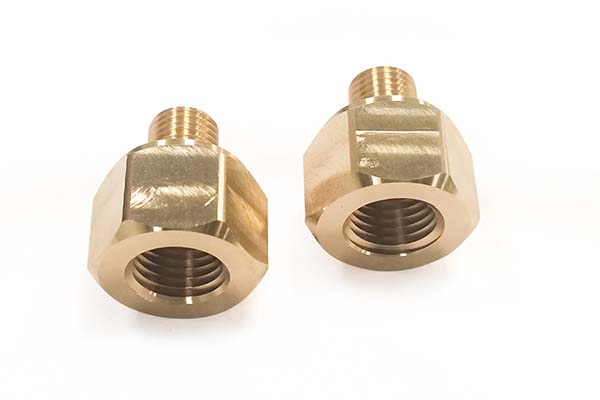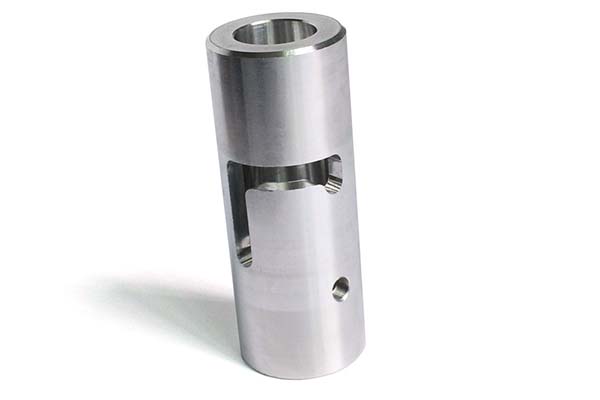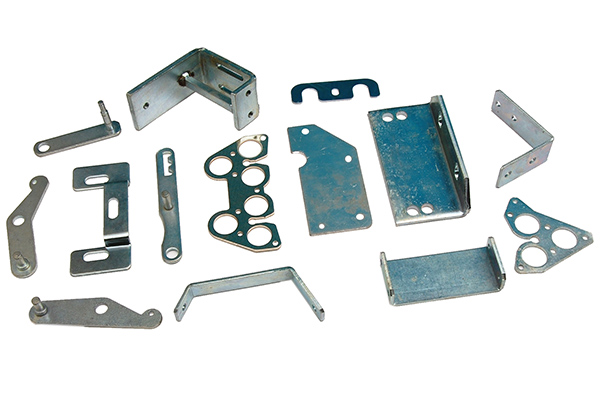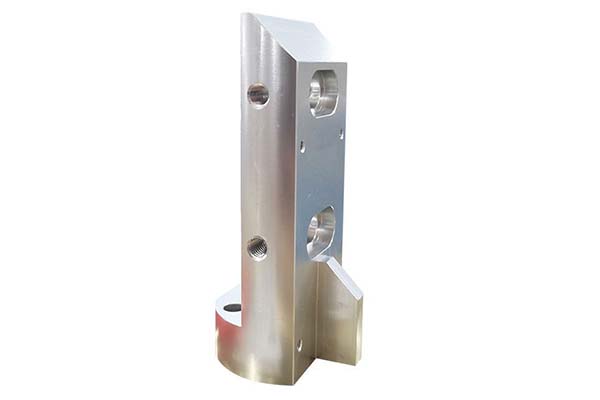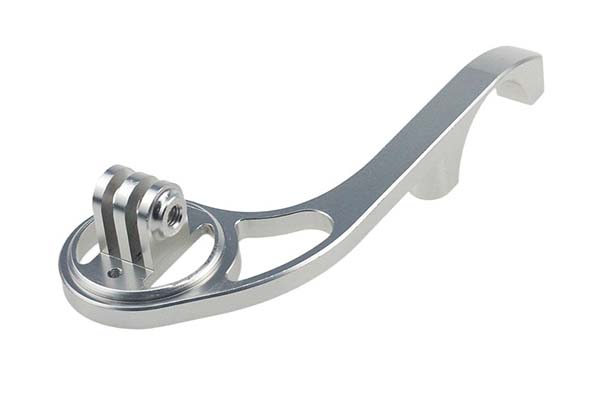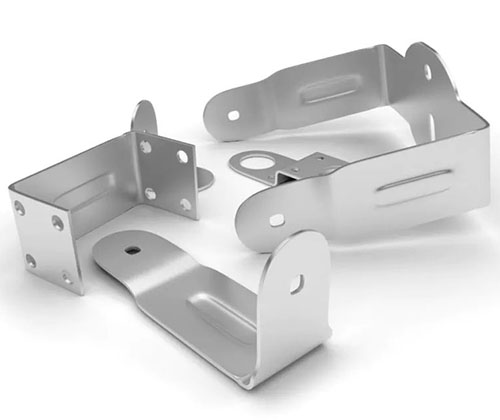Manufacturers tasked with creating parts that must repeatedly flex, absorb energy, and return to their original shape face a unique challenge. Most metals either lack the elasticity to withstand cyclic loading or fail prematurely due to fatigue. This is where Metal Stamping Spring Steel becomes essential. Spring steel’s unique ability to combine high elasticity with exceptional strength makes it ideal for parts like automotive springs and industrial clips. However, stamping it requires specialized techniques to manage its high hardness, springback, and risk of cracking. In this guide, we’ll address these pain points, exploring spring steel’s properties, processes, and applications to help you achieve reliable, long-lasting results.
Spring Steel Basics
Spring steel’s performance stems from its carefully engineered composition and heat treatment:
- Alloy Composition: Two primary types dominate:
- Silicon-Manganese: Contains 0.5–2.0% silicon and 0.5–1.0% manganese, offering excellent elasticity and cost-effectiveness.
- Chrome-Vanadium: Includes 0.8–1.1% chromium and 0.15–0.25% vanadium, providing superior fatigue resistance for high-stress applications.
- Heat Treatment Processes: Critical for achieving spring properties. Typically involves annealing (softening for stamping), then quenching (heating to 850–900°C and cooling rapidly) and tempering (heating to 300–500°C) to balance hardness and ductility.
- Mechanical Properties: Tensile strength ranges from 1,000 MPa to 2,000 MPa, with an elastic limit (the maximum stress before permanent deformation) of 700–1,500 MPa—far higher than mild steel (250 MPa).
- Microstructure Characteristics: Consists of fine-grained pearlite or tempered martensite, which contribute to its ability to flex repeatedly without breaking.
A comparison of common grades highlights their strengths:
| Grade | Tensile Strength | Elastic Limit | Best For |
| 5160 (Cr-V) | 1,600–2,000 MPa | 1,200–1,500 MPa | Automotive suspension springs |
| 9260 (Si-Mn) | 1,400–1,800 MPa | 1,000–1,300 MPa | Industrial valve springs |
| 1095 (High-C) | 1,200–1,600 MPa | 700–1,000 MPa | Consumer clips and fasteners |
Metal Stamping Process for Spring Steel
Stamping spring steel requires precision to handle its hardness and springback:
- Blanking and Forming: Blanking requires sharp, carbide dies with 5–7% clearance to avoid edge cracking. For forming, use slow press speeds (5–10 strokes per minute) to minimize stress.
- Die Design Considerations: Incorporate large radii (minimum 3× material thickness) to reduce stress concentrations. Use hardened tool steel (D2 or A2) to resist wear from spring steel’s hardness.
- Press Selection: Hydraulic presses are preferred for their controlled force application, especially for thick spring steel (≥3 mm). Servo-electric presses offer precision for thin-gauge parts (≤1 mm) like clips.
- Lubrication Strategies: Apply high-pressure, extreme-temperature lubricants (e.g., graphite-based compounds) to prevent galling, which is common due to spring steel’s hardness.
- Springback Prediction and Compensation: Springback is significant (3–5 times that of mild steel). Use FEA simulation to predict movement, then over-bend by 10–15 degrees to achieve the desired final shape.
Applications of Spring Steel in Metal Stamping
Spring steel’s ability to store and release energy makes it vital across industries:
- Automotive Components: Leaf springs, coil springs, and clutch springs rely on 5160 and similar grades to absorb road shocks and maintain vehicle stability.
- Industrial Machinery: Valve springs in engines and hydraulic systems use 9260 for its ability to withstand thousands of compression cycles daily.
- Consumer Goods: Clip springs, snap fasteners, and tape measure retraction springs use 1095 steel for its balance of elasticity and cost.
- Electrical Appliances: Switch contacts and relay springs depend on spring steel’s consistent force to ensure reliable electrical connections.
- Aerospace Applications: Landing gear components use high-strength Cr-V spring steel to handle the stress of takeoffs and landings.
Each application leverages spring steel’s unique combination of elasticity and durability.
Advantages of Using Spring Steel in Metal Stamping
Spring steel offers clear benefits over other materials:
- High Elasticity and Resilience: Can flex up to 10–15% of its length and return to shape, outperforming plastics and non-spring steels.
- Excellent Fatigue Resistance: Withstands millions of cycles—automotive coil springs, for example, typically last 100,000+ miles under constant stress.
- Energy Efficiency: Stores and releases energy with minimal loss, making it ideal for mechanisms like door hinges and machinery latches.
- Design Flexibility: Stamps into complex shapes, from spiral torsion springs to flat leaf springs, enabling custom solutions for unique applications.
- Cost-Effectiveness: More durable than plastic alternatives, reducing replacement costs over time—critical for high-volume consumer goods.
Challenges and Solutions in Spring Steel Stamping
Overcoming spring steel’s quirks ensures successful production:
- Springback Management: Use iterative die adjustments based on FEA predictions. For critical parts, implement post-stamping heat treatment (stress relieving at 200–300°C) to stabilize dimensions.
- Cracking Prevention: Anneal spring steel before stamping to reduce hardness (from 30–40 HRC to 15–20 HRC), then reheat-treat after forming. This makes it more formable during stamping.
- Tool Wear Reduction: Coat dies with titanium nitride (TiN) to extend life by 30–50%. Schedule regular die sharpening to maintain clean edges.
- Lubrication Optimization: Test lubricants under production conditions—graphite-based options work best for high-stress forming, while synthetic oils suit lighter operations.
Yigu Technology’s Perspective
As a custom manufacturing supplier in China, Yigu Technology specializes in Metal Stamping Spring Steel for automotive and industrial clients. We manage the full process from annealing to heat treatment, using FEA to control springback and carbide dies to handle hardness. Our quality checks include fatigue testing to ensure parts withstand 1+ million cycles, delivering reliable springs for your most demanding applications.
FAQs
- How does spring steel differ from regular steel in stamping?
Spring steel has higher carbon and alloy content, requiring annealing before stamping and heat treatment after. It exhibits more springback and needs harder tooling than regular steel.
- Can spring steel be coated for corrosion resistance?
Yes, electroplating (zinc or nickel) or powder coating adds protection, especially for outdoor applications like automotive springs. Ensure coatings are applied after heat treatment to avoid altering properties.
- What’s the maximum thickness for stamping spring steel?
Practical for sheets up to 6 mm thick. Thicker material requires pre-annealing and heavy-duty presses (1,000+ tons) to form without cracking.
